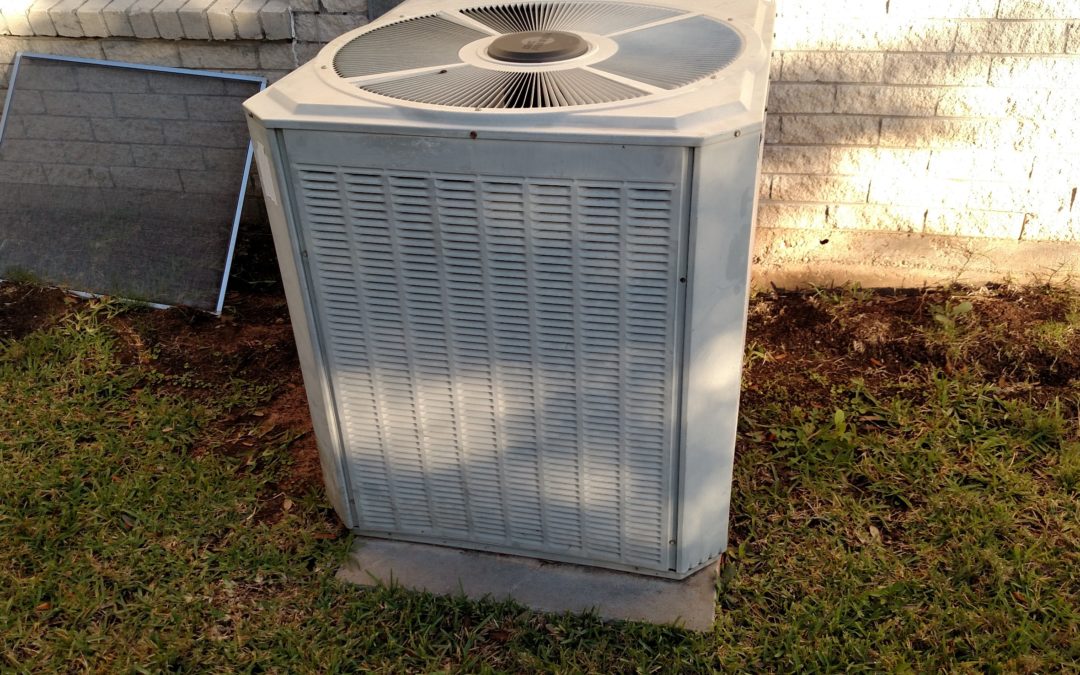By D.M. Robinson, P.E.
When I first got into the home inspection business, it was with a company named Associated Inspection Services. I was running a mechanical equipment installation/maintenance company called Triangle Service Company. At that time an acceptable inspection of the air conditioning equipment in a house by a typical home inspection company was to turn it on and observe that the system was cooling and that the visible portions of system were running, including the fan at the condensing unit and the evaporator coil/air handler. Needless to say, this was not really a good or acceptable inspection of the air conditioning equipment. To be fair you are not going to get the same depth of inspection from a home inspection contractor as you will from a licensed air conditioning contractor. Most home inspection contractors are limited in what they can do on an inspection because most do not carry and air-conditioning contractor’s license. They are not going to provide any invasive testing such as connecting gauges to the refrigerant lines, or in some cases even removal of inspection panels. In my opinion a visual inspection of the air conditioning system in a house by a general inspection contractor should include:
- Checking the thermostat visually and functionally to see that it works.
- Checking the air handler visually for visual evidence of deterioration or air leaks.
- Checking the condensing unit for visual evidence of deterioration or damage.
- Observing the air handling ducts for integrity.
- Checking the insulation on the refrigerant return line inside and outside for condition and insulation.
- Generally checking the amount of air flow through the evaporator coil air handler.
- Checking the temperature drop across the evaporator coil to determine if it is within an acceptable range.
- Listening to the sounds of the equipment while it is running for unusual noise.
- Opening and observing the electrical components in the condensing unit.
- Opening the heating equipment to evaluate its general condition.
- Operating the equipment in its safe modes of operation.
- Checking the condition of media filters in the airstream to insure they are clean and in good repair.
- Checking the condition of ductwork and ductwork insulation where accessible.
I may have left out some details in how I would inspect or what I would report in an inspection I perform, but this gives you the general idea of basics of for identifying the general condition of the system. In summary, the inspector should be able to provide a statement of the general condition of the equipment upon completion of the inspection.
D.M. Robinson is a retired engineer and founder of Professional Engineering Inspections, Inc. Mr. Robinson has held a class A air conditioning license and master plumbers license. He is now retired and living the dream on a quiet lake enjoying the view.


Recent Comments